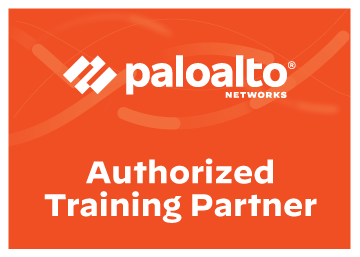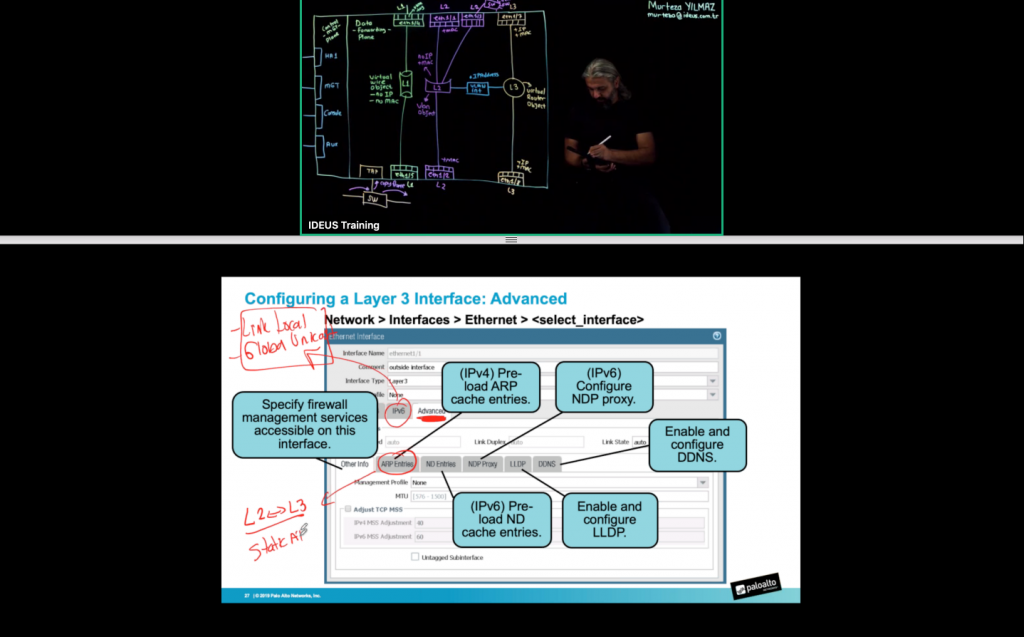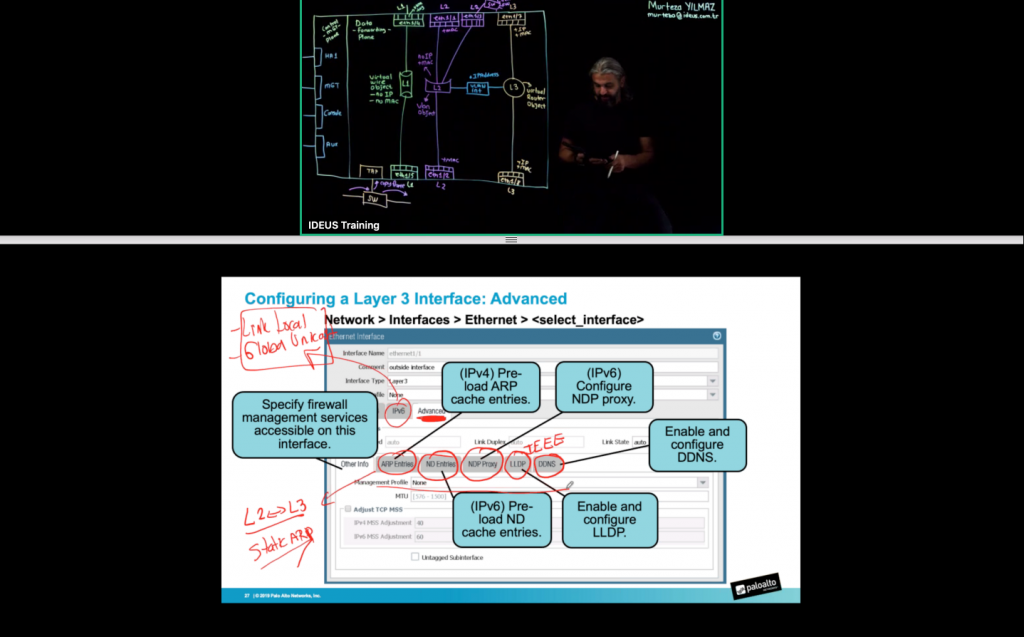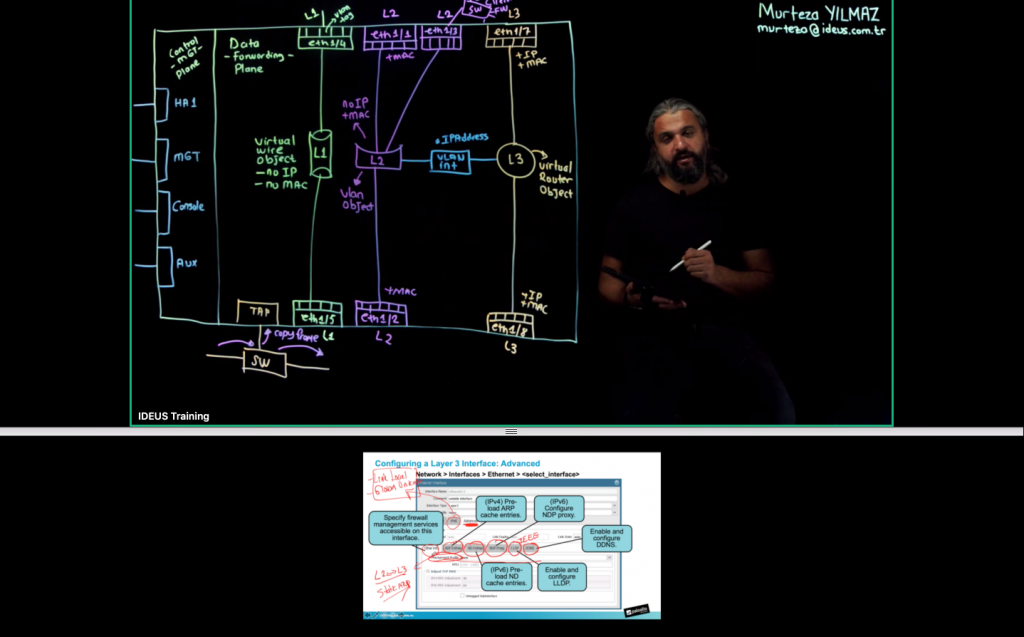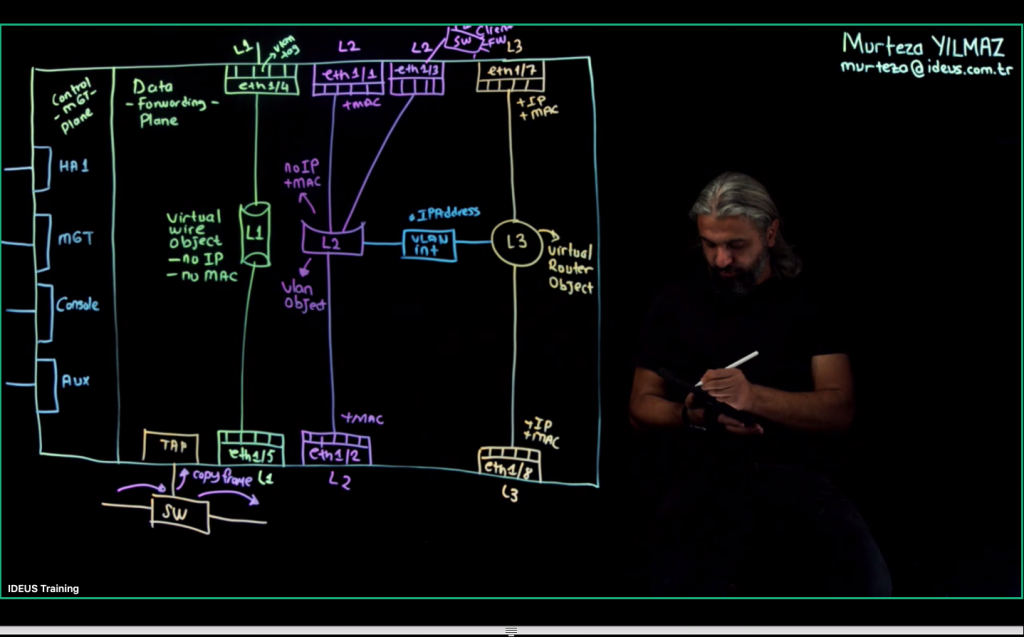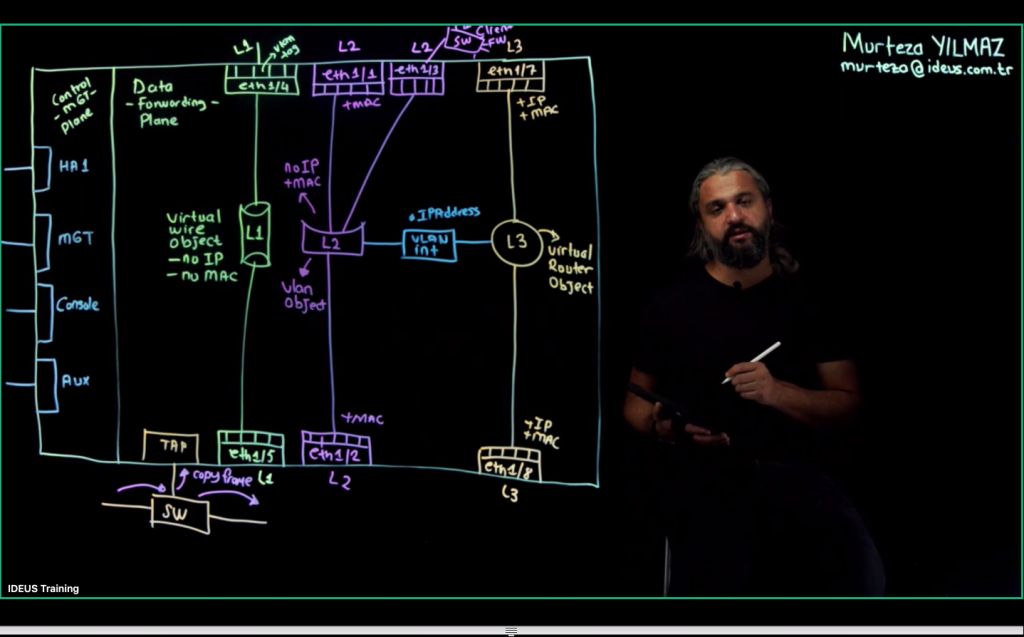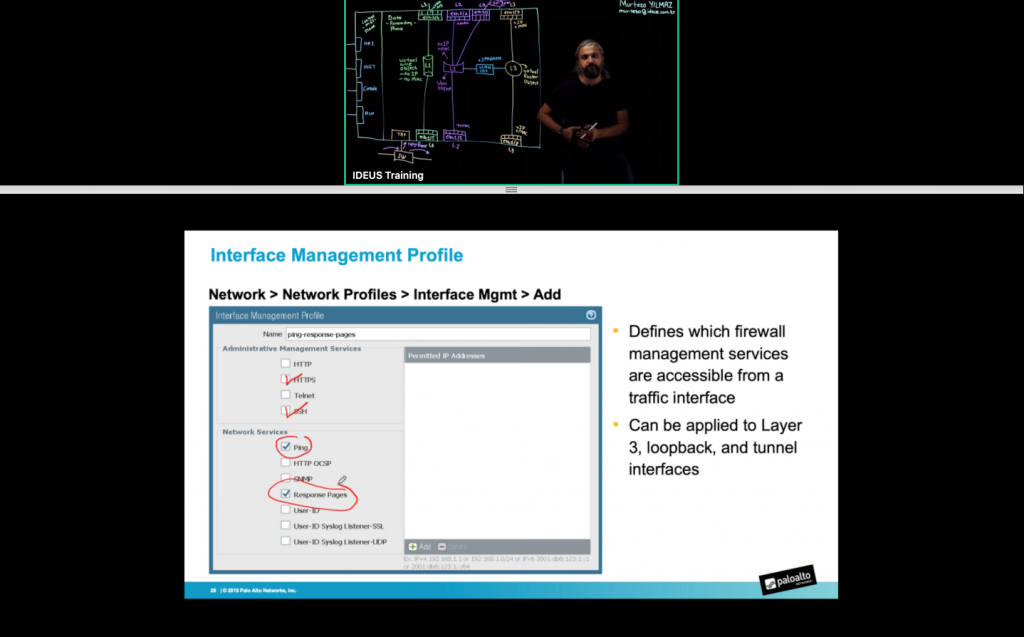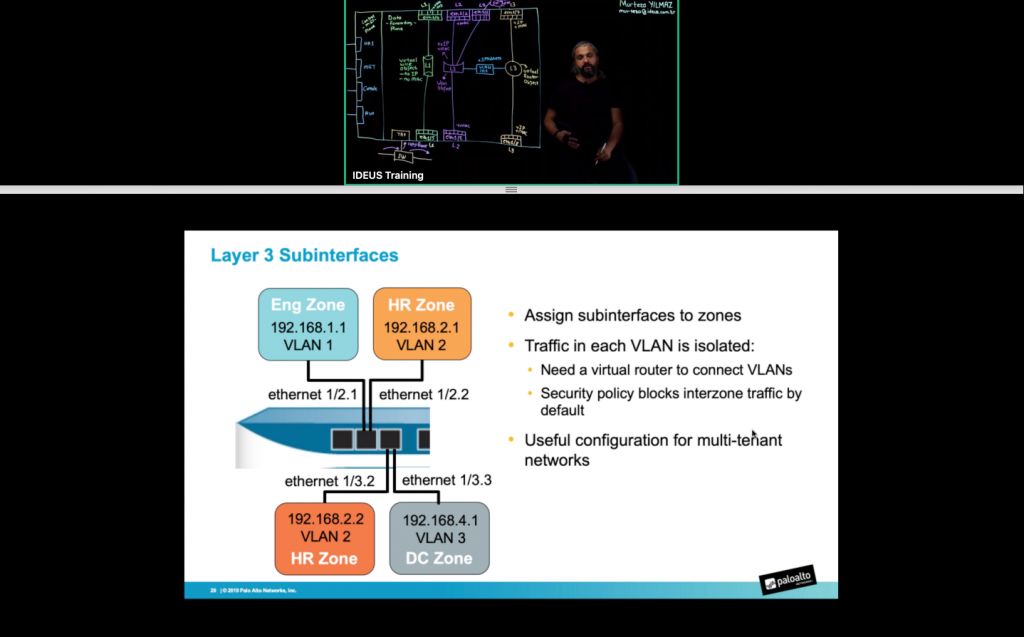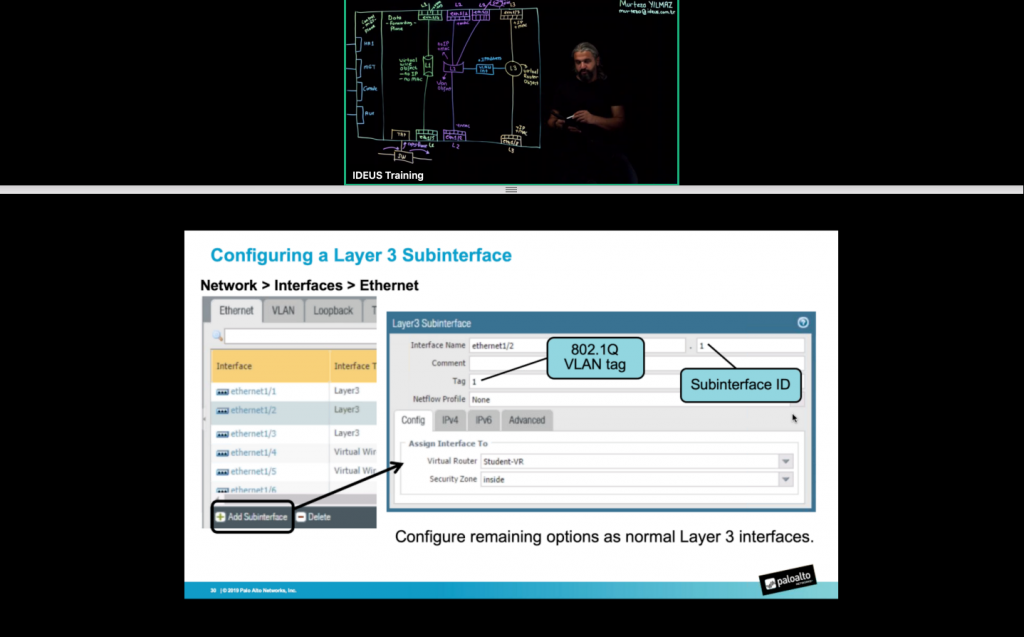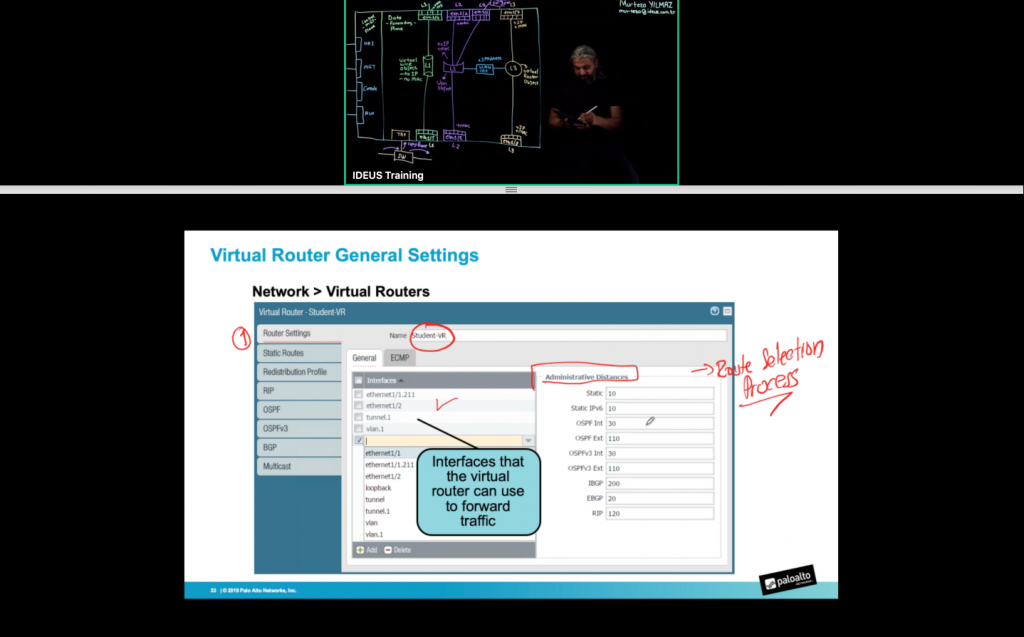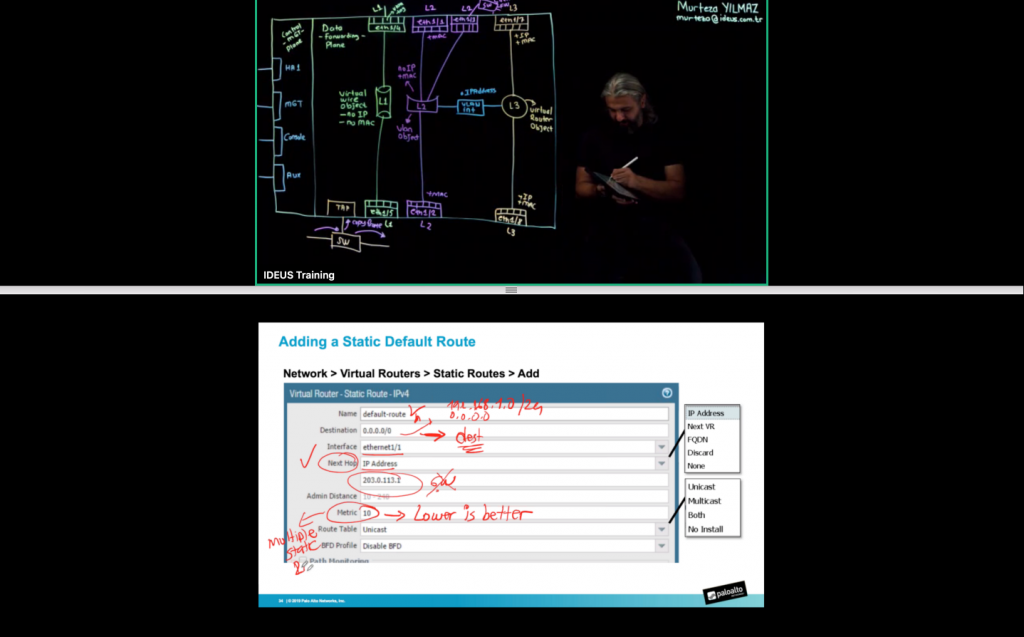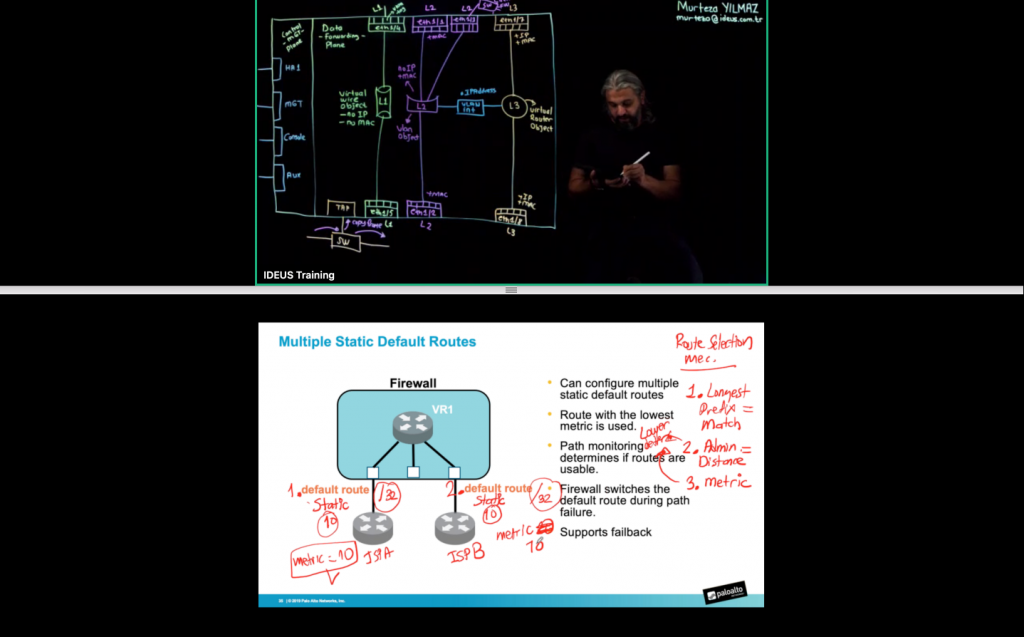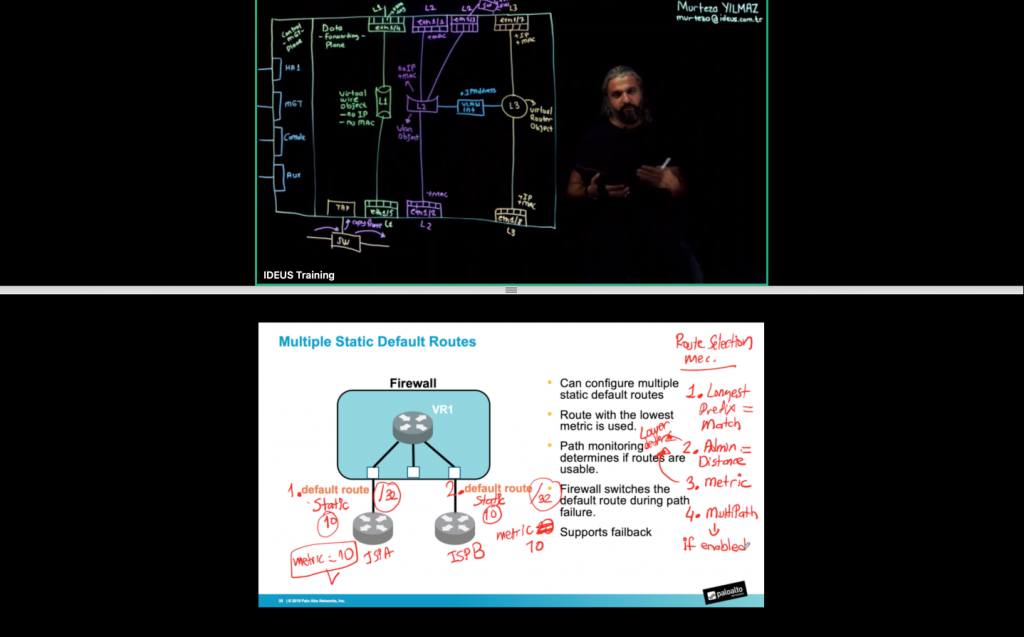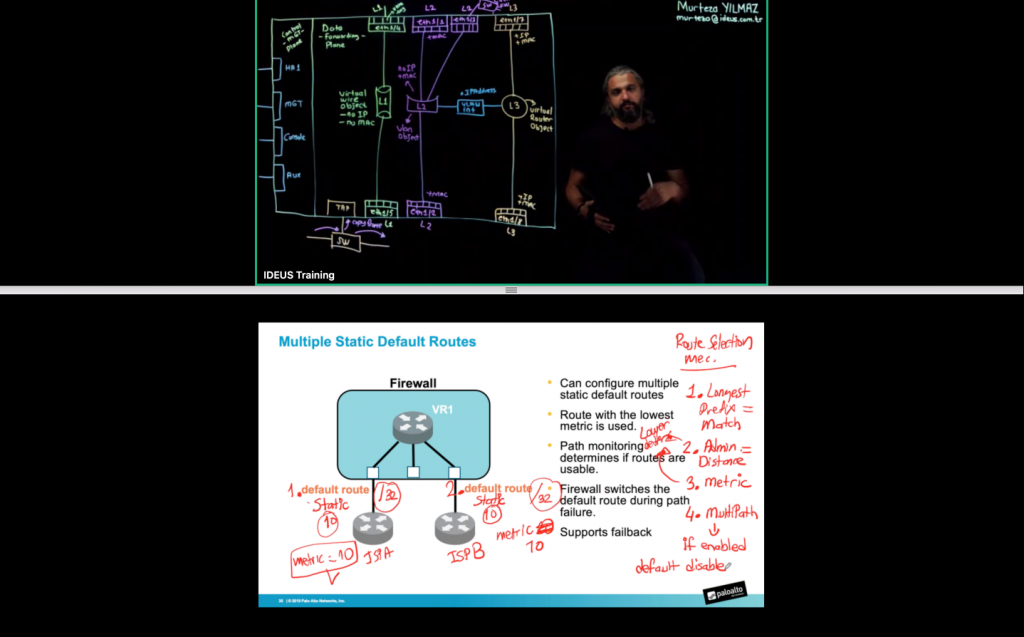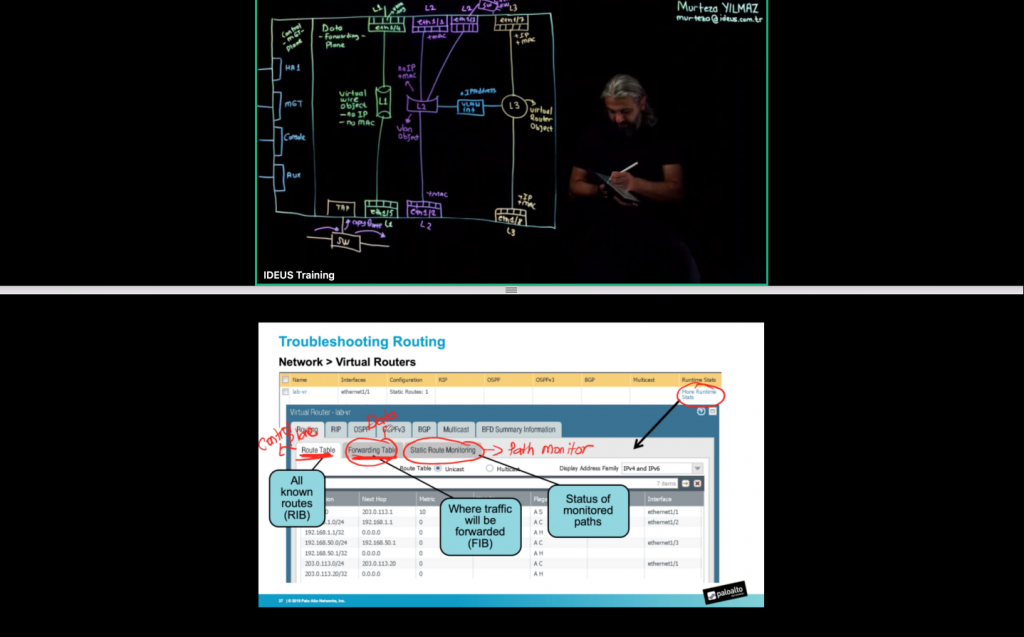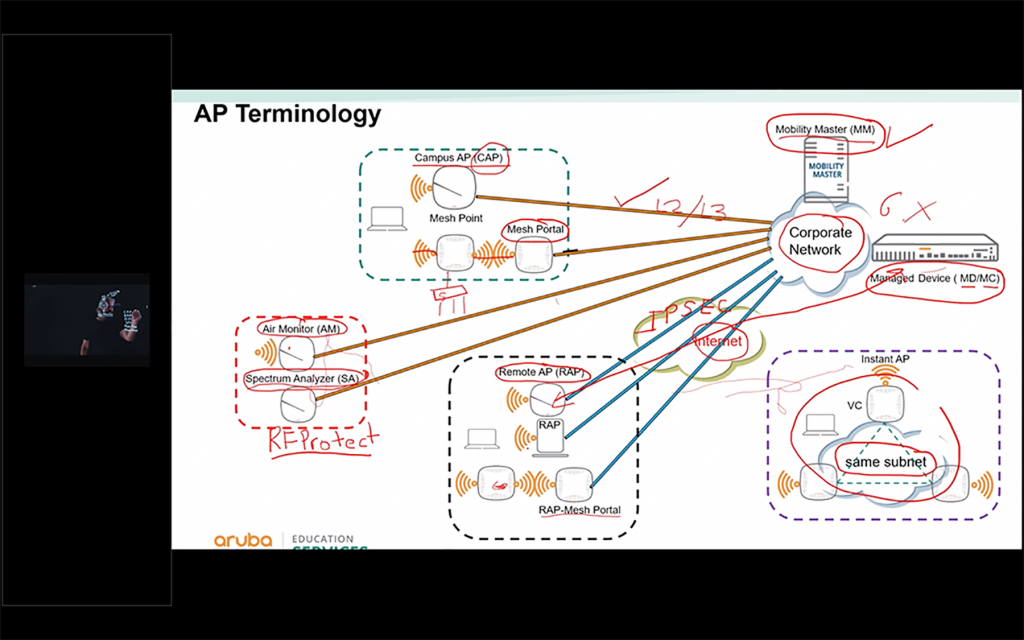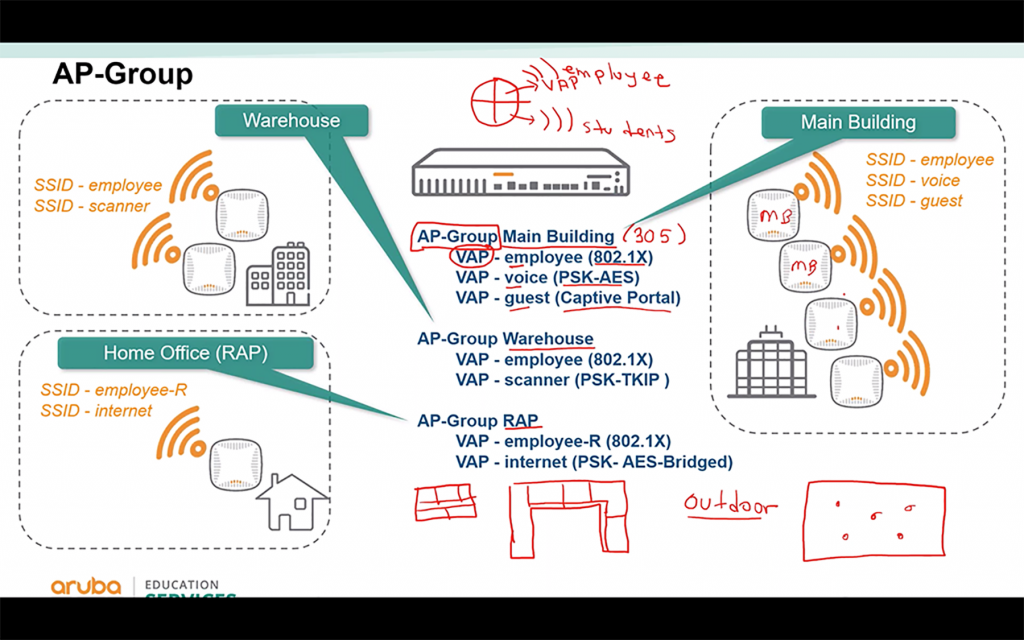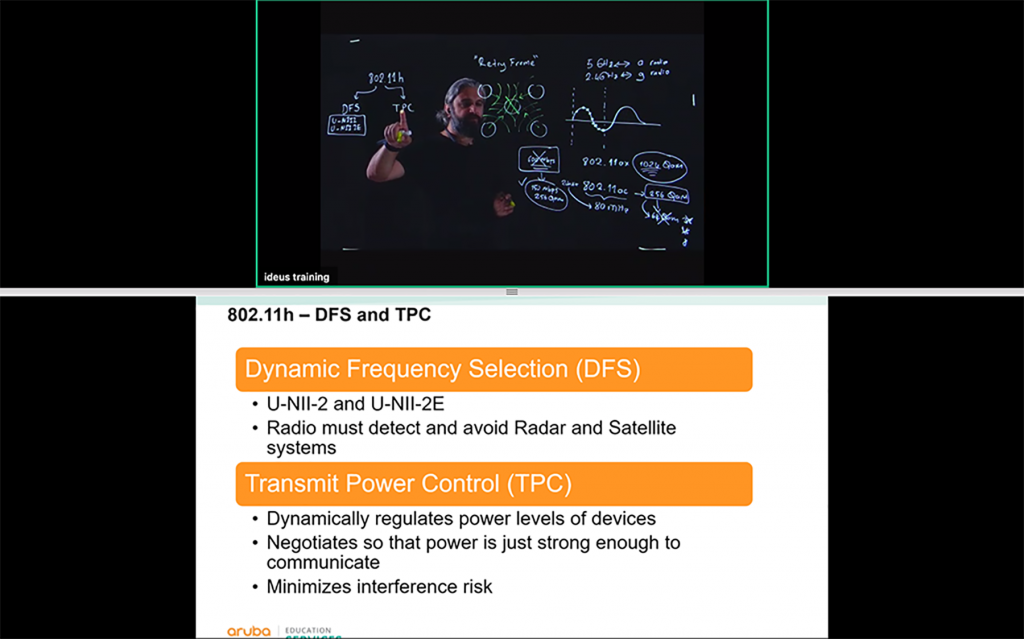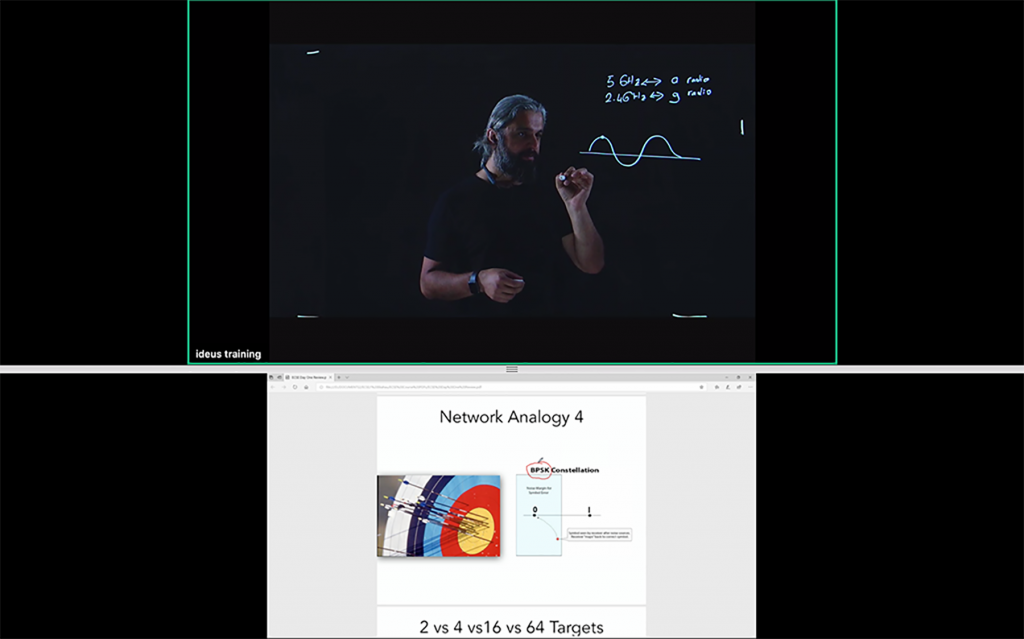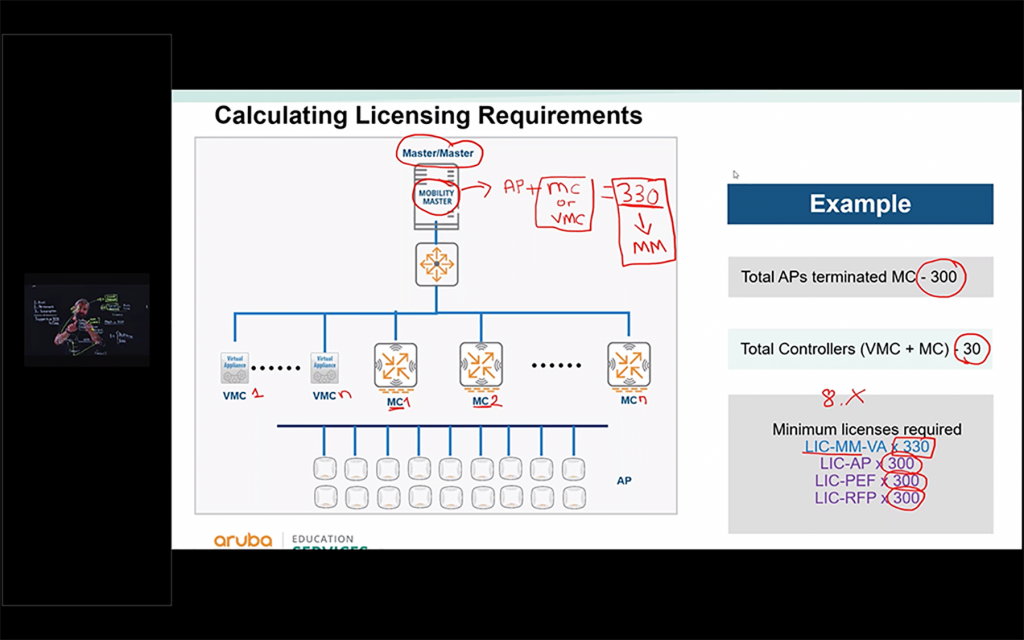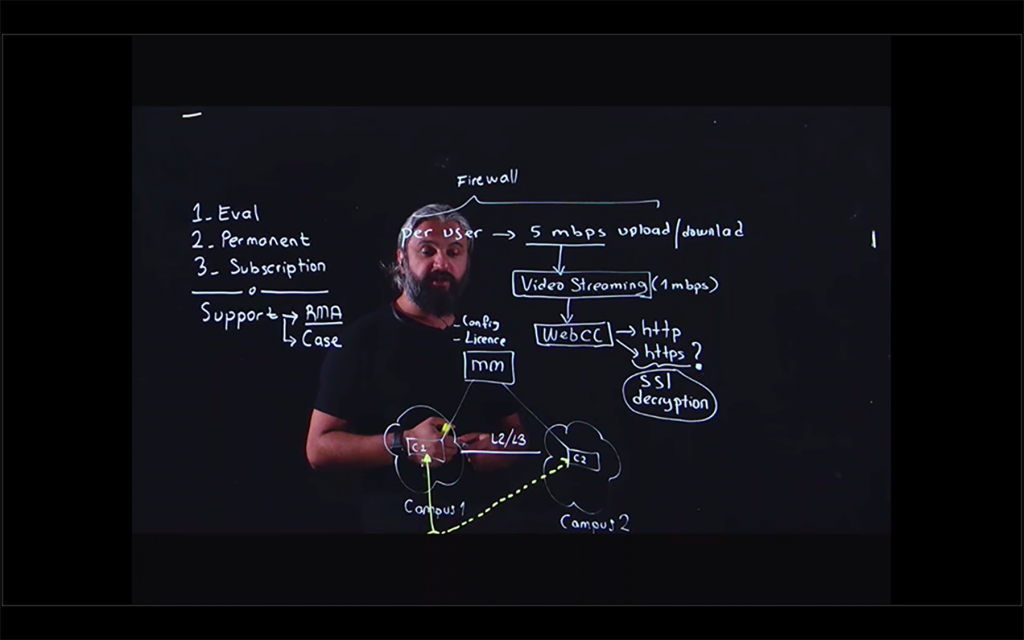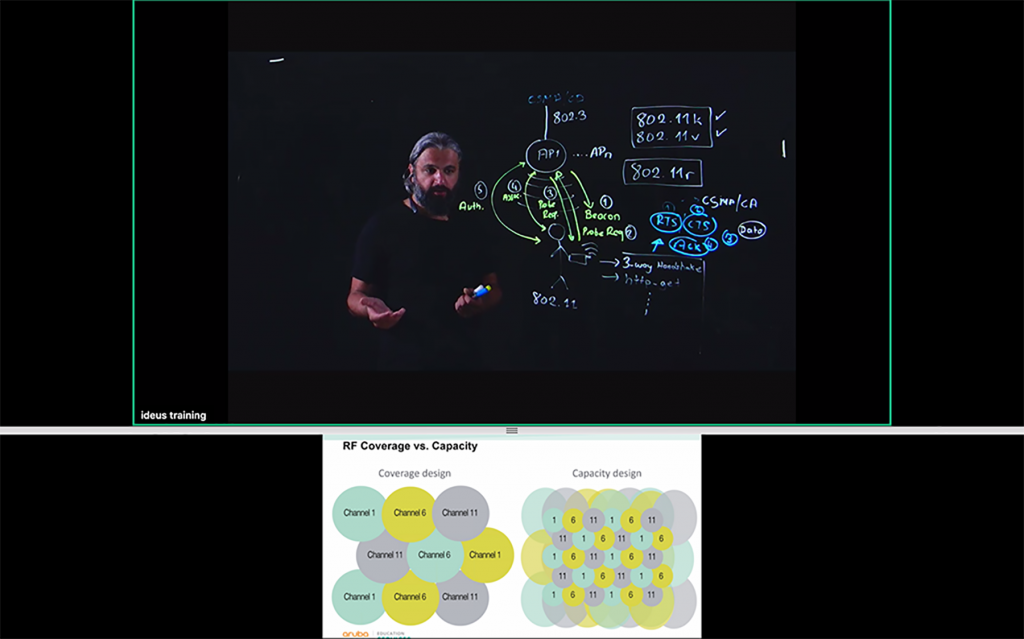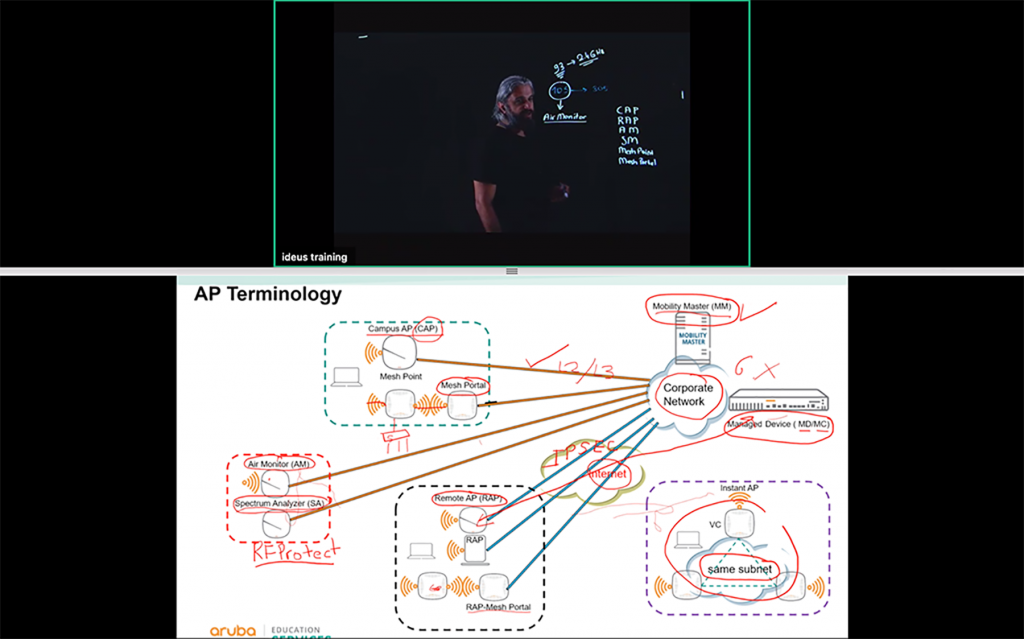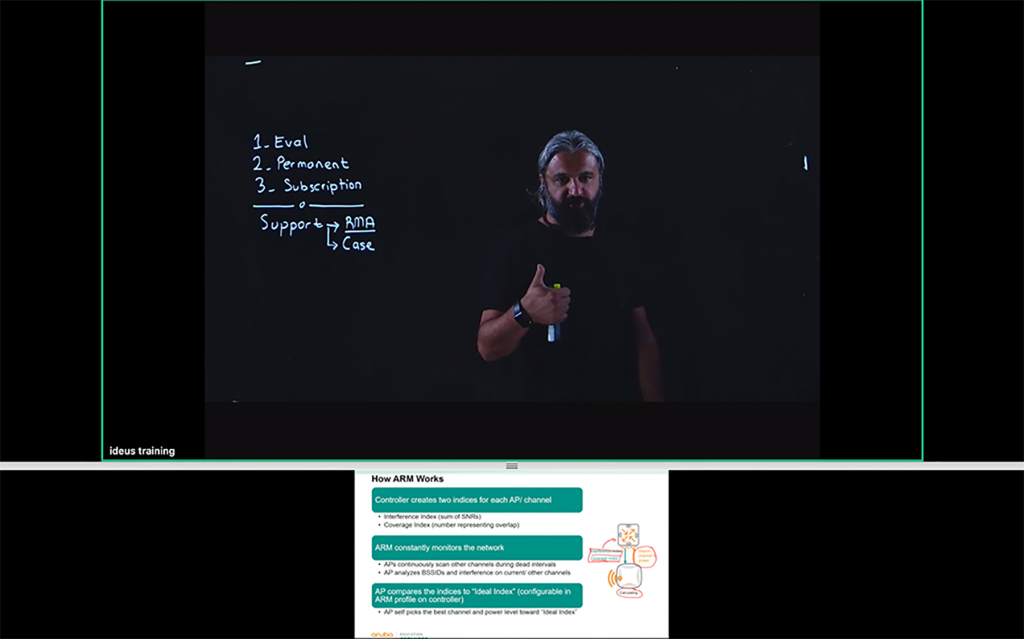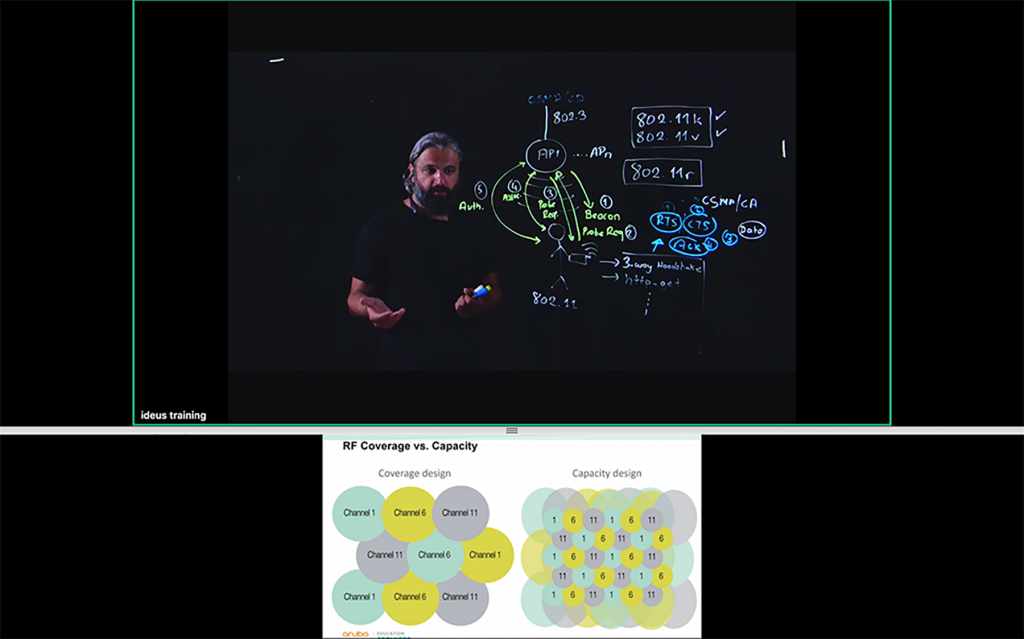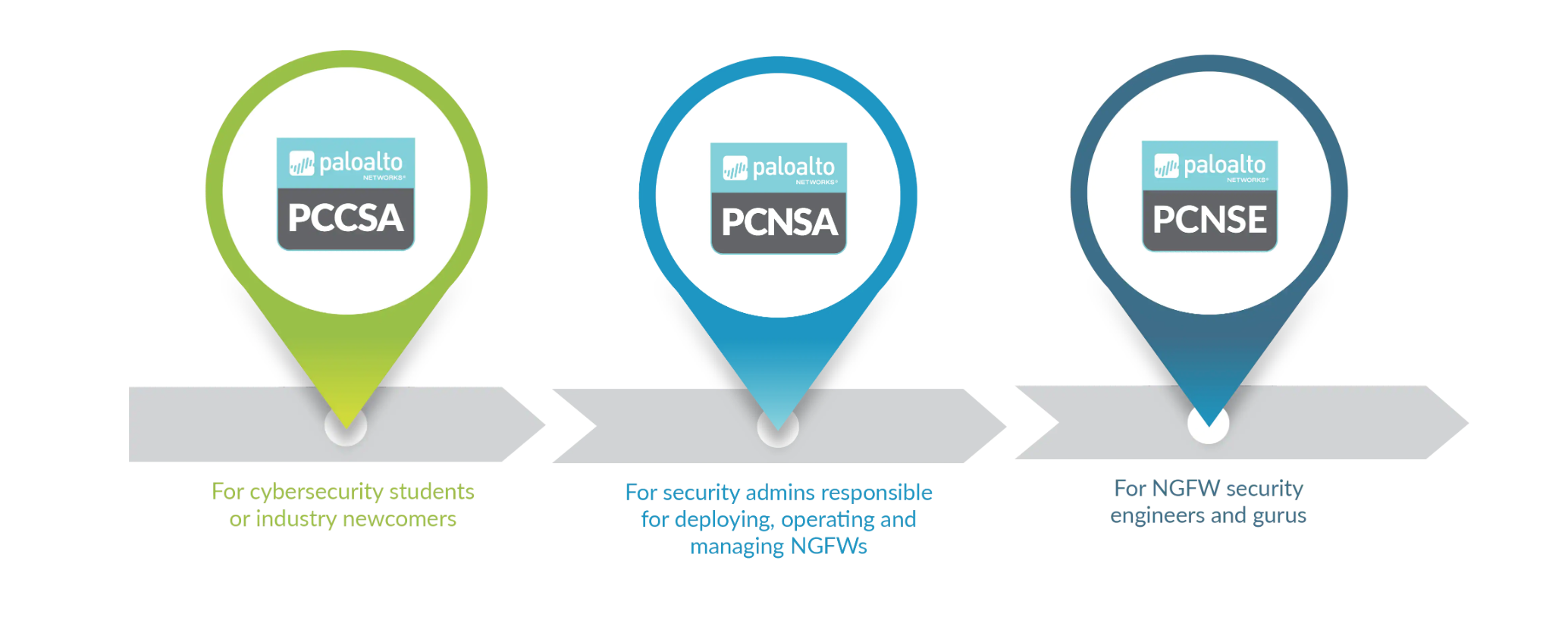The Prisma Access SASE Security: Design and Operation (EDU-318)
Overview
Successful completion of this three-day, instructor led course will help enhance your understanding of how to better protect your applications, remote networks, and mobile users using a SASE implementation. You will get hands-on experience configuring, managing, and troubleshooting Prisma Access in a lab environment.
Prerequisites
* Participants should have a basic knowledge of cloud computing and the public cloud.
* Participants must complete the Firewall 9.0 Essentials: Configuration and Management course and the Panorama 9.0: Managing Firewalls at Scale course, or have equivalent experience.
* Participants also must have experience with networking concepts including routing, switching, and IP addressing.
Modules:
1 – Prisma Access Overview
2 – Planning and Design
3 – Activate and Configure
4 – Security Processing Nodes
5 – Panorama Operations for Prisma Access
6 – Remote Networks
7 – Mobile Users
8 – Tune, Monitor, and Troubleshoot
9 – Manage Multiple Tenants
10 – Next Steps


